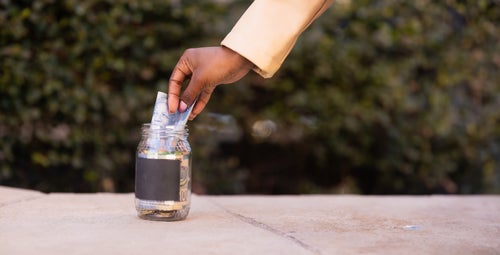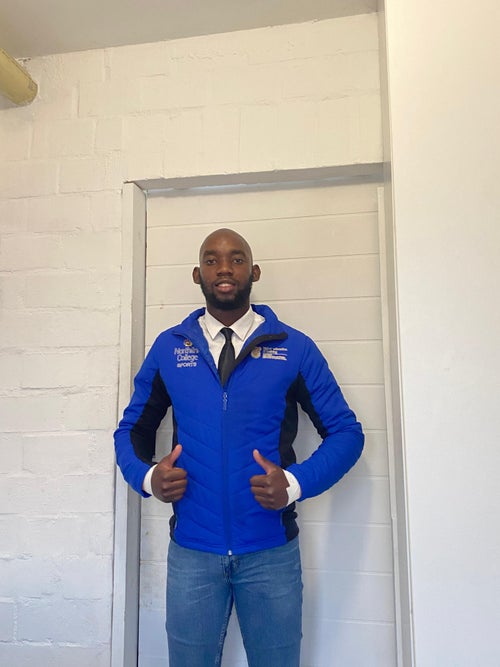How does a blood stem cell donation work?
Peripheral blood stem cell collection (PBSC)
In about 90 percent of the cases the stem cells are taken from the bloodstream. The donor is administered the growth factor G-CSF for five days. This drug increases the number of stem cells in the peripheral blood, which are then obtained directly from the blood using a special procedure. The donation takes 3-5 hours on one or two consecutive days. No surgery is necessary, you can usually leave the clinic the same day. This procedure has been used at DKMS since 1996. During the administration of the drug, flu-like symptoms may occur. Long-term side effects are not known according to the current state of research.
Bone marrow donation
In this method, bone marrow (not spinal cord!) is taken from the donor under general anaesthesia using a puncture needle from the iliac crest. Two small incisions in the area of the rear pelvic bone are usually sufficient. The resulting wounds are so small that they only require a few stitches or often no stitches at all and heal quickly. The procedure is performed in the prone position and takes about 60 minutes. With bone marrow donation, the risk is essentially limited to the anaesthetic. About 5 percent of the bone marrow is taken from the iliac crest. Usually, the donor's bone marrow regenerates completely within 2 to 4 weeks. Local wound pain can occur, similar to a contusion. Only in rare cases can there be pain that lasts longer. The stay in hospital can last up to three days in total. In most cases, as a precautionary measure, a sick note is taken for a few days.
The type of withdrawal depends on the health condition of the patient. Of course we try to take your wishes into account. However, depending on the patient's situation, a method may be excluded or preferred for medical reasons. In principle you should be prepared to use both methods.




